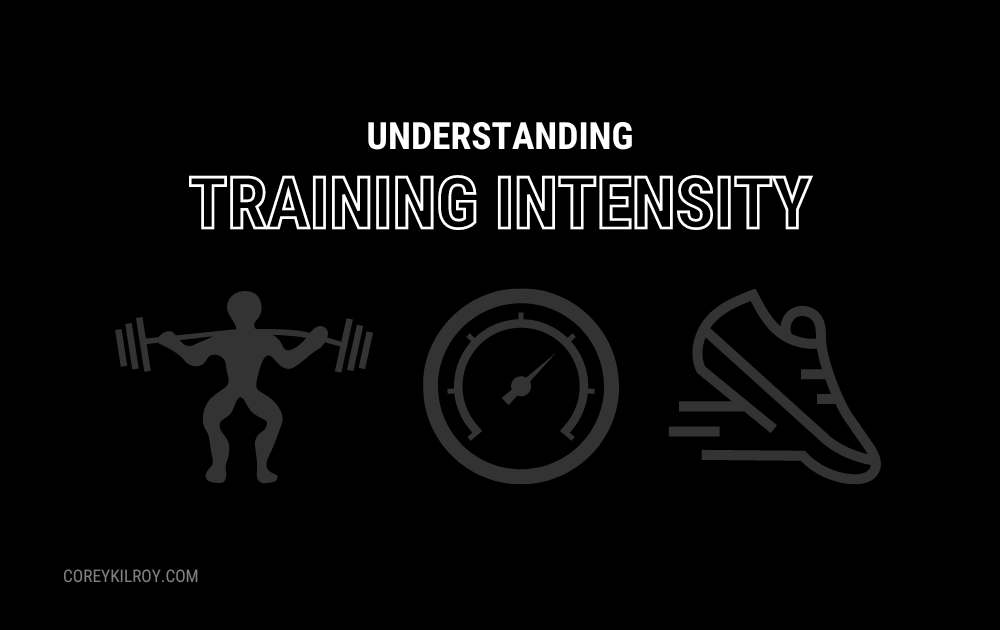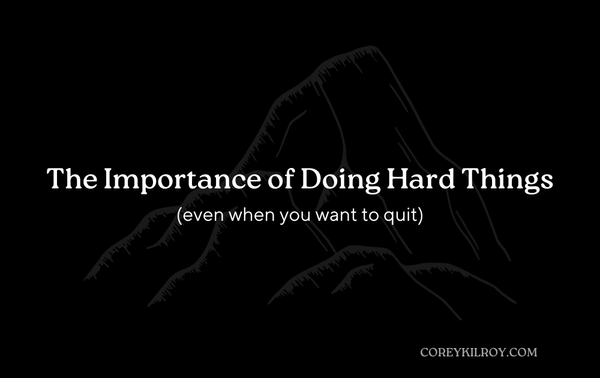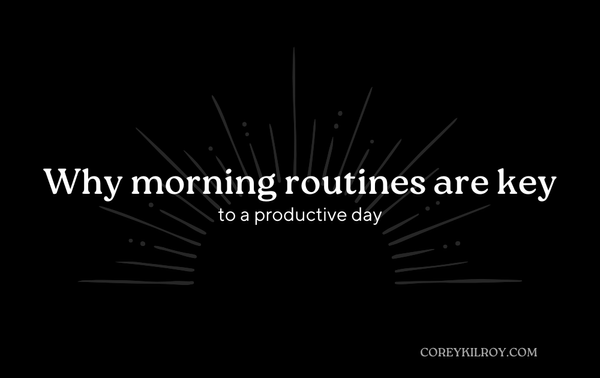Understanding Training Intensity

If you’re reading this, then like me, you most likely love thinking about the way you train, eat, and interact with yourself as you chase a state of fitness that you desire.
However, thinking about the way we train doesn’t get us any bigger, faster, or stronger - training does.
To be even more specific, training with intensity does.
Structured intensity is the heart and soul of effective training and unfortunately, it’s often neglected when training in the gym.
Here’s some knowledge about adequate training intensity to make sure that you’re continuing to progress session after session:
What is intensity?
Intensity in weight training ultimately refers to the level of effort exerted during a workout, generally measured in terms of load, repetitions, and sets.
Intensity encompasses the weight lifted relative to an athlete’s maximum capacity.
Think 1 rep max.
Intensity also refers to scales like your RPE or RIR (more down below), as well as the volume and duration of your workout.
To put it simply, high intensity workouts involve lifting with heavier weights (that are still controllable with proper technique) and pushing muscles to near failure.
And if your goal is hypertrophy, then pushing your muscles to near failure is essential for muscle growth.
You should be prioritizing and structuring intensity within your workouts.
Science behind intensity
Research shows that high-intensity training leads to greater increases in muscle mass and strength compared to low-intensity training.
This can be attributed to the greater recruitment of muscle fibers and the stimulation of muscle protein synthesis, both of which are essential for muscle hypertrophy and strength gains.
This also goes back to the GAS principle, otherwise known as the General adaptation syndrome (GAS), which describes the process your body goes through when you are exposed to any kind of stress, positive or negative.
- Alarm Phase: Initial phase of training when stimulus is first recognized & performance generally decreases in response to fatigue.
- Resistance Phase: The 2nd phase in which adaptation occurs & the system is returned to baseline or in most instances elevated above baseline.
- Supercompensation Phase: New level of performance capacity that occurs in response to the adaptive response found in step 2.Overtraining Phase: If stressors are too high, performance can be further suppressed & overtraining can result.
- Overtraining Phase: if stressors are too high, performance can be further suppressed & overtraining can result.
A study also stated that “high-intensity resistance training stimulates greater improvements in some measures of strength and hypertrophy in resistance-trained men during a short-term training period”.
The research consistently shows that adequate intensity plays a vital role in significant improvements in muscle performance and hypertrophy.
To put it all simply, you need to properly plan increased intensity (exertion while lifting & sets approaching failure) in order to grow.
Determining intra-workout intensity
If you’re a beginner (lifting for ~1 year or so), then you can practically sniff a dumbbell and make considerable gains in the gym.
However, with intermediate and advanced lifters, you need proper structure and intensity to progress in the gym.
With that said, regardless of how long you’ve been training, being able to understand intensity while in the gym is an important skill to learn if you want to make considerable progress in the future.
Remember those scales I talked about earlier?
RPE and RIR are incredibly useful tools to utilize when determining proper intensity.
RPE (rate of perceived exertion 1-10) is used to measure how hard your body works during physical activity. It runs from 0 – 10, using numbers to rate how much effort an activity takes.
It’s important to realize that this scale is subjective, so it’s up to you as the athlete to determine where you’re at on the scale.
The RPE scale takes a few factors into account:
- How fast you’re breathing.
- How fast your heart is beating.
- How tired your muscles are.
- How much you’re sweating.
This general scale is used in any form of training and is even utilized in healthcare.
Another way to think of the scale is in terms of weight training specifically is as follows:
10 — At your max, you have no more reps.
9 — There’s another rep in the tank, but it’s a grind.
8 — You’re beginning to hit your 2-4 rep stride.
7 — Often, a weight one can move with power (5-7ish reps).
6 — Weight that one can move quickly for speed work (+/- 8 reps pending on speed/training goal).
5 — A weight that someone warms up with.
4 & below — Light weight that can be used for mobility, recovery, and form emphasis.
Alternatively…
Reps In Reserve (RIR) are the number of reps or repetitions you can accomplish before hitting a technical failure (more on this below) or before you miss a lift.
Let’s say the maximum number of reps you can bench press a certain weight is 12 repetitions.
An RIR of 2 means that when you complete your set, you will have done 10 total repetitions, leaving 2 reps left in the tank.
This is great if you understand what 2 RIR actually is for you.
The problem is that far too many trainees think that they’re at 2 RIR when in reality, they’ve got another 7 or 8 good reps in the tank.
This is where developing the skill comes into play.
Takes practice, practice, practice.
Learning your limits
How do you even know what 2 RIR actually feels like?
Or even reaching true failure?
To keep it simple, there are generally 3 “types” of failure when lifting weights.
1. Mechanical failure - aka momentary muscle failure (inability to complete a rep due to physical exhaustion)
2. Volitional failure - inability to complete a rep due to voluntary failure. You feel you cannot go any further.
3. Technical failure - the inability to complete a rep due to a significant form breakdown. Technique is lost due to failure of the muscles to function properly.
One of the best ways to learn what real intensity and failure feel like is on an exercise like the leg extension.
This is a simple isolation exercise with a lot of systemic stability that focuses on solely the quads and hip flexors.
As far as pushing to failure in this exercise, it’s relatively safe and easy to control.
In this case, here’s what you can do:
- Select a weight you feel you can accomplish for 12-15 solid reps.
- Perform the exercise by counting down from 15 reps to 1 rep.
- When you get to 1 rep left, start back at 5 and count down to 1 again.
- Repeat the countdown of 5-1 reps until you truly cannot perform another repetition.
This may seem like a silly mental trick, but many athletes, including myself, go through instances where we select a weight that we may think we can perform a maximum of 15 reps, only to end up accomplishing 20 or even 30 reps.
Once you encounter true failure in the gym, this is a skill we can foster and carry over to how we lift going further.
In the end…
Not every set, of every exercise, in every workout needs to be full throttle and bone-breaking.
Properly programmed intensity should change throughout the course of your training, but you can maximize your workouts and achieve your goals more efficiently when you truly understand your capability to achieve real intensity.
When in doubt, never forget that it’s supposed to be hard.
Anything significant in life is achieved through hard work and failures in life.
Keep pluggin'.
Until Next Time, C.



